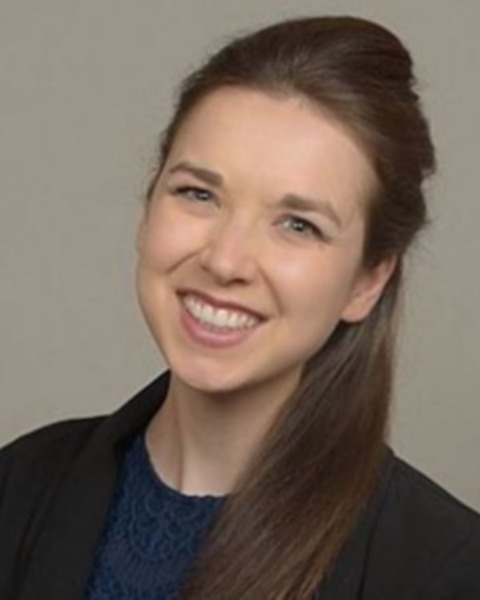Abstract Session
Abstract Session
(AS1) srs-22r Self-image in Adolescent Idiopathic Scoliosis at 10 Year Follow-up: As Good as It Gets?
Monday, April 24, 2023
7:36am - 7:44am PST
Location: Los Angeles Convention Center, 402AB

Lauren E. Stone, MD
Resident Physician
UC San Diego
La Jolla, California, United States
Presenting Author(s)
Disclosure(s):
Lauren E. Stone, MD: No financial relationships to disclose
Introduction: Self-image is a nuanced psychological term defined as one’s fluid appraisal of his or herself. For those with adolescent idiopathic scoliosis (AIS), self-image perception is implicated in the decision to treat and the perceived treatment outcome. Comparisons of pre and post-operative SRS-22r scores suggest that most experience modest, stable improvements in self-image up to two years after surgery, but whether this stabilizes into adulthood is unknown.
Methods: An AIS registry was queried up to 10 years postoperatively. Mixed effects models assessed change in SRS-22 Self-Image from baseline to 6 months, 2, 5, and 10 years. All enrolled patients contributed data and a Bonferonni correction was applied. An analysis at 10-years stratified worsening/unchanged/improved self-image scores defined by the minimum detectable measurement difference of 0.3. Baseline demographic data and 1-year radiographic data were compared using parametric and nonparametric tests as appropriate. No correction for multiple comparisons was made.
Results: 4597 patients contributed to the longitudinal model - 229 with 10-year follow-up, 162 with 1 and 10-year data. Mean improvement from baseline was 1.0 (95% CI: 0.9-1.1). No changes between 1-10 years were detected. Mean self-image change from 1 year to 10 years was 0.1 (SD 0.6). Forty (18%) reported worsening from 1-10 years, 36 (16%) improved, and 86 (38%) unchanged. Patients who worsened at 10 years reported lower baseline self-image 3.3 vs 3.7, p=0.007) but were not different than those who improved. Radiographic parameters and mental health were not different at baseline or follow-up.
Conclusion : The majority of SRS self-image scores are static after surgical treatment up to ten years. However, nearly 20% report worsening at 10 years. These patients had no significant radiographic or mental health correlates at baseline or follow-up. A thorough understanding of factors influencing self-image requires evaluation beyond standard surgical measurements to better model factors that influence reporting.
Methods: An AIS registry was queried up to 10 years postoperatively. Mixed effects models assessed change in SRS-22 Self-Image from baseline to 6 months, 2, 5, and 10 years. All enrolled patients contributed data and a Bonferonni correction was applied. An analysis at 10-years stratified worsening/unchanged/improved self-image scores defined by the minimum detectable measurement difference of 0.3. Baseline demographic data and 1-year radiographic data were compared using parametric and nonparametric tests as appropriate. No correction for multiple comparisons was made.
Results: 4597 patients contributed to the longitudinal model - 229 with 10-year follow-up, 162 with 1 and 10-year data. Mean improvement from baseline was 1.0 (95% CI: 0.9-1.1). No changes between 1-10 years were detected. Mean self-image change from 1 year to 10 years was 0.1 (SD 0.6). Forty (18%) reported worsening from 1-10 years, 36 (16%) improved, and 86 (38%) unchanged. Patients who worsened at 10 years reported lower baseline self-image 3.3 vs 3.7, p=0.007) but were not different than those who improved. Radiographic parameters and mental health were not different at baseline or follow-up.
Conclusion : The majority of SRS self-image scores are static after surgical treatment up to ten years. However, nearly 20% report worsening at 10 years. These patients had no significant radiographic or mental health correlates at baseline or follow-up. A thorough understanding of factors influencing self-image requires evaluation beyond standard surgical measurements to better model factors that influence reporting.
